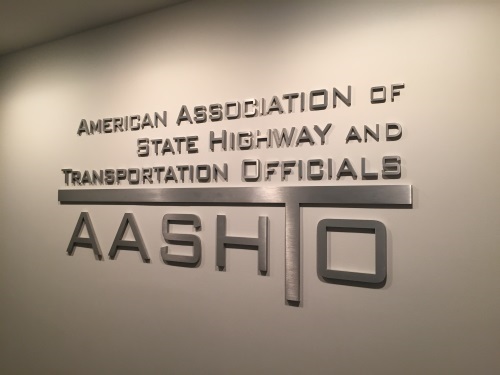Efforts to remove the freight containers onboard the MV Dali cargo ship that rammed and collapsed the 1.6-mile Francis Scott Key Bridge spanning the Patapsco River – the main entry point to the Port of Baltimore – on March 26 are underway, alongside bridge debris removal operations.
[Above photo by the U.S. Army Corps of Engineers]
“[We are] concurrently progressing on its main lines of effort to remove enough debris to open the channel to larger commercial traffic, refloat the MV Dali and continue recovery efforts for missing loved ones,” said U.S. Coast Guard Captain David O’Connell, the federal on-scene coordinator for the Unified Command in charge of the salvage operations, in a statement. “Every day we are working to achieve these goals safely and efficiently.”

The “Unified Command” – comprised of the U.S. Coast Guard, U.S. Army Corps of Engineers, Maryland Department of the Environment, Maryland Transportation Authority, and Maryland State Police – is in charge of salvage operation in and around the Key Bridge site.
O’Donnell further explained that the removal of those cargo containers is a “critical step” required to safely move the MV Dali and eventually fully re-open the Fort McHenry Channel. Removing containers allows for safe access to then remove the pieces of the Key Bridge that lie across the ship’s bow, taking weight off the ship and ultimately allowing for the movement of the ship.
The Unified Command has also established a third alternate shipping channel so mostly smaller craft can access Baltimore port facilities.
In the wake of the bridge collapse, the federal government’s Small Business Administration has made low-interest, long-term Economic Injury Disaster Loans available to affected business owners in Maryland and contiguous counties in neighboring states to help them overcome temporary loss of revenue. So far, over 500 businesses have applied from Maryland, Virginia, Pennsylvania, West Virginia, Delaware, and Washington, DC.
The SBA has also opened two Business Recovery Centers to assist business owners in completing their disaster loan applications, accept documents for existing applications, and provide status on loan applications.

Meanwhile, Maryland Governor Wes Moore (D) recently signed into law the Protecting Opportunities and Regional Trade or “PORT” Act to support businesses and workers who have been affected by the bridge collapse.
The law will create a new, permanent scholarship program for the families of transportation workers who died on the job and will allow for more flexibility in work search requirements for unemployment insurance, he said.
“Two weeks ago, a piece of the Baltimore skyline and Baltimore spirit plunged into the river. But Marylanders have rallied,” said Gov. Moore in a statement.
“When tragedy struck our state, we banded together to support those affected by the Key Bridge collapse. Together, we are proving what it means to be Maryland Tough and Baltimore Strong,” he noted.
“We’ve worked tirelessly to bring closure to the families to clear the channel and open the vessel traffic to the Port of Baltimore to take care of everyone affected by the crisis and to rebuild the Key Bridge,” he added in a related video message.
“If you or your small business have been affected by this crisis, we’ve set up business Resource Centers that you can visit in person and receive assistance and Recovery Services,” he added. “We are grateful to every federal state and local partner who’s been involved in his efforts I cannot thank you enough for standing up and believing in Maryland and believing in Baltimore.”
 Top Stories
Top Stories


